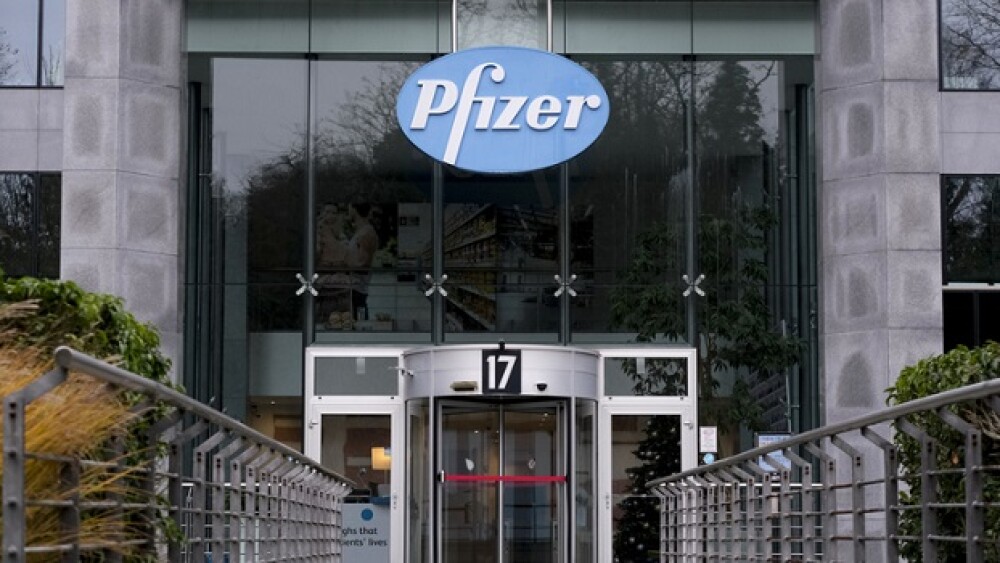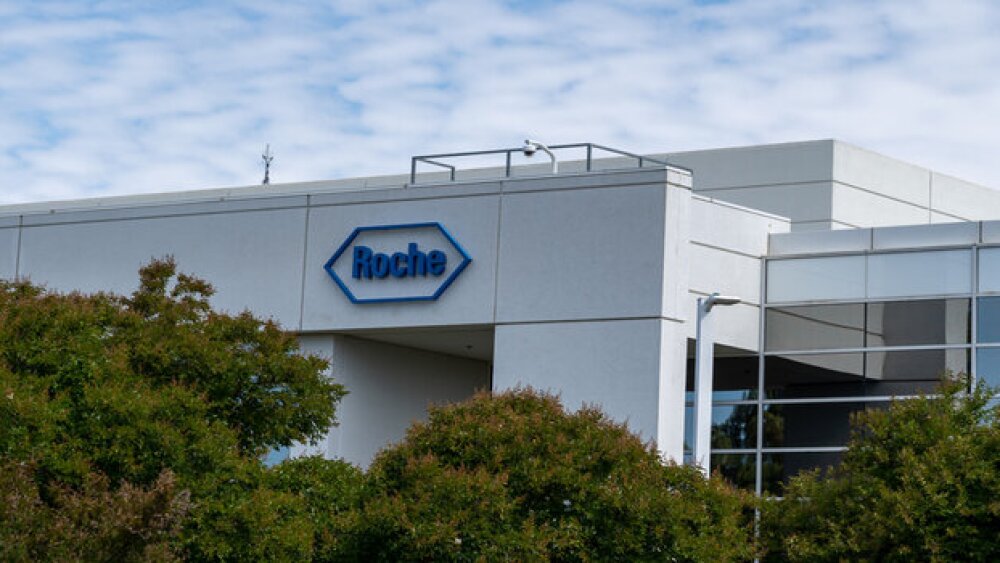Last month, “historic positive results” from uniQure’s gene therapy snapped the Huntington’s community out of years of failure. As the biotech prepares to submit for FDA approval, BioSpace looks at four more candidates on the near horizon.
Last month, one of medicine’s most devastating diseases was catapulted back into the spotlight when a Dutch biotech named uniQure reported what one expert called “historic positive results” from a pivotal trial of its gene therapy. That day, Sept. 24, BBC News declared that Huntington’s disease had been successfully treated for the first time.
Often described as a combination of dementia, Parkinson’s disease and amyotrophic lateral sclerosis, Huntington’s is caused by a CAG repeat in the first exon of the huntingtin (HTT) gene. It strikes patients in the prime of their lives and gets passed down to approximately half of the next generation.
UniQure’s three-year data showed that the gene therapy, AMT-130, slowed disease by 75% in 29 patients. Despite the excitement, several experts in the field have urged caution, stressing the small number of evaluable patients in the trial, and the potential risks inherent in the 12–18 hour intracranial surgery, among other remaining questions.
Still, Ignacio Munoz-Sanjuan, CEO and chairman at Rumi Scientific and president of the Huntington’s-focused non-profit Factor-H, hailed the results as an important turning point—not just for this one disease but for the neurodegeneration space more broadly.
“Beyond Huntington’s, this is the first time that an adult-onset neurodegenerative disease has shown any signs in all of the composite scores,” he told BioSpace. “Even if it takes 10 years, it’s still a significant milestone for the field of neurodegeneration.”
Armed with these data, uniQure plans to submit a biologics license to the FDA in the first quarter of 2026 and is aiming to launch what would be the first genetic treatment for Huntington’s later next year. But the company is far from alone. Others—including Prilenia Therapeutics and Wave Life Sciences—are also deep into the clinical development process with therapies. Meanwhile, others, including Sage Therapeutics, have fallen by the wayside since our last pipeline check-in.
Here, BioSpace takes a closer look at some of the Huntington’s candidates nearing the regulatory finish line.
Wave Life Sciences
WVE-003
Wave Life Sciences exemplifies the tenacity intrinsic to a space that has been knocked down countless times since the discovery of the huntingtin gene in 1993 but keeps on getting back up.
After shelving two antisense oligonucleotides (ASO) for Huntington’s in March 2021 following disappointing data from two Phase Ib/IIa trials, the Cambridge, Mass.–based biotech is advancing a third ASO dubbed WVE-003, which targets a nucleotide polymorphism present on the mutant huntingtin (mHTT) mRNA while leaving healthy huntingtin—understood to be essential for certain neurological functions—intact.
In June 2024, Wave reported that the candidate significantly and selectively reduced levels of the mHTT protein in the Phase Ib/IIa SELECT-HD trial. After 24 weeks, treatment with WVE-003 led to a 46% drop in mHTT levels in patients’ cerebrospinal fluid versus placebo. In an interview with BioSpace earlier this month, Wave CEO Paul Bolno called out this “dramatic decrease,” noting that uniQure did not show this effect on mHTT levels in its most recent readout.
Wave is also homing in on a regulatory application. The company has reached alignment with the FDA on a path to accelerated approval, with slowing of caudate atrophy acting as a clinical surrogate endpoint, Bolno said. At CHDI’s 20th annual HD Therapeutics Conference, Wave highlighted results from SELECT-HD showing “a statistically significant correlation between mHTT reduction and slowing of caudate atrophy.” Look for Wave to announce submission of an investigational new drug application to the FDA for a potentially registrational Phase II/III trial of WVE-003 this quarter.
Prilenia Therapeutics
Pridopidine
Prilenia Therapeutics’ chances to bring the first disease-modifying therapy for Huntington’s to market were dashed in July when the European Medicines Agency’s (EMA) Committee for Medicinal Products for Human Use recommended against marketing authorization for pridopidine.
The rejection was not a complete surprise. In April 2023, Prilenia reported topline results from the Phase III PROOF-HD study showing pridopidine, a small molecule agonist of the sigma-1 receptor, a functional regulator of signaling proteins, including in motor neurons, failed to hit the trial’s primary and key secondary endpoints. However, further analysis of the data showed that the candidate elicited clinically meaningful efficacy in patients not taking anti-dopaminergic and chorea medications.
In April, Prilenia struck a collaboration and license agreement with Ferrer for the further development and commercialization of pridopidine—which is also being developed for amyotrophic lateral sclerosis—in Europe and other select markets.
This month, the partners presented five posters at the 2025 HSG Huntington’s Disease (HD) Clinical Research Congress, including new analyses of two-year data following patients not taking antidopaminergic medicines in PROOF-HD. The data revealed “significant and clinically meaningful slowing of progression and significantly less decline across multiple endpoints of function, cognition and motor features” in pridopidine-treated patients versus both placebo and propensity-matched natural history cohorts, the companies reported.
A global confirmatory trial of pridopidine in patients with early-stage Huntington’s is planned for the first half of next year.
PTC Therapeutics and Novartis
PTC518
Last December, Novartis paid up to $2.9 billion to advance PTC Therapeutics’ PTC518, a small molecule that reduces the production of mHTT and is able to penetrate the blood brain barrier, according to PTC.
The first readout following Novartis’ investment didn’t exactly wow investors. While new data, released in May from the Phase II PIVOT-HD trial, met the trial’s primary endpoint with the lowest dose of PTC518 lowering blood HTT protein levels by 23% in patients with both earlier- and later-stage disease, the results received a mixed reaction.
William Blair analysts at the time said that a “question regarding correlation between [huntingtin] reductions and clinical benefit remains.” They further noted that patients with later-stage disease did not show any functional benefit on PTC518 and that protein reduction in cerebrospinal fluid (CSF) was less robust in these patients.
Despite these reservations, the analysts wrote that they “believe the biomarker and clinical outcomes data at 12 and 24 months in the [earlier stage] patients are likely sufficient for productive conversations with the FDA regarding a registrational path in patients with less advanced disease.”
If PTC518 successfully reaches the market, PTC will be entitled to 40% of U.S. profits while Novartis would take 60%, according to the terms of their deal.
Roche and Ionis
Tominersen
Wave isn’t the only would-be comeback kid in the Huntington’s space. In March 2021—a week before Wave retired its first two Huntington’s candidates—Roche and Ionis discontinued the Phase III GENERATION-HD1 trial of their ASO tominersen after it failed to elicit higher efficacy than placebo. In fact, the drug actually led to worse outcomes when given more frequently.
But tominersen is back and being studied by the partners in a Phase II trial for patients with prodromal and early manifest Huntington’s.
“Following the decision by the independent data monitoring committee to discontinue dosing in the GENERATION-HD1 trial for tominersen, a post hoc analysis of the data suggested that low-exposure tominersen may benefit younger adult patients with lower disease burden,” Peter McColgan, lead clinical director for the Huntington’s Disease program at Roche, told PharmaVoice in 2022.
The trial’s Clinicaltrials.gov page lists an estimated primary completion date of May 31, 2026, and a study completion date of April 1, 2027. Roche lists 2028+ on its pipeline page for an expected filing.






